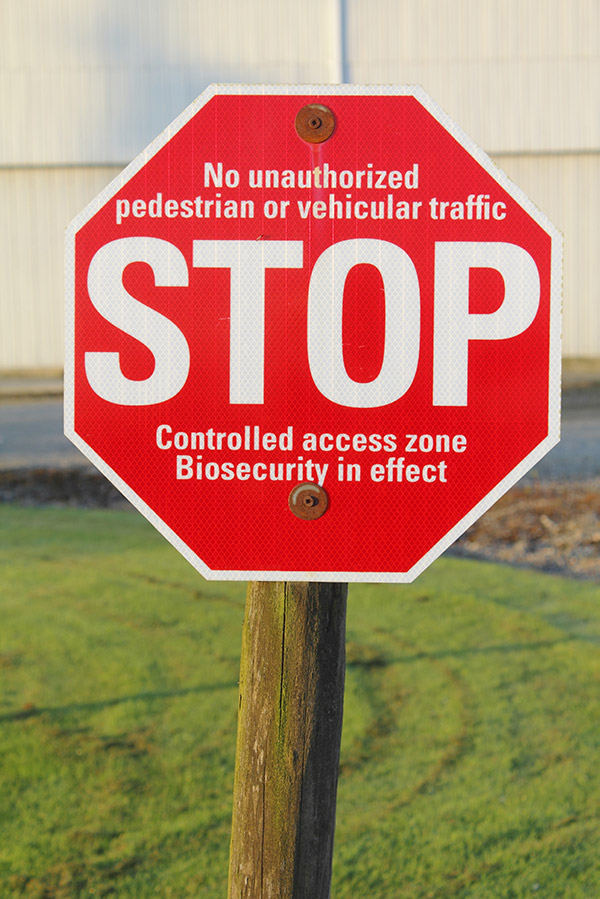Section 2 | Prevention Strategies for Necrotic Enteritis
Industry
Page 14 /
Reducing Exposure to Bacteria in the Environment
Litter Management
Maintaining clean and dry litter is paramount to preventing a variety of health problems in your flock. C. perfringens grows well in moist environments, so limiting bedding moisture levels will help to lower bacterial levels in the litter. Bedding also serves to insulate animals from stress induced by temperature fluctuations, which has been discussed. Drinkers, when functioning properly, can reduce the moisture level of litter.

Source: WATT Ag Net
Cleaning and Disinfection
Cleaning and disinfection are vital practices that should be performed every time your flock is shipped. Even though coccidia oocysts and C. perfringens are very stable in the environment, the act of removing manure, power-washing all contaminated surfaces, and disinfecting the barn play a major role in knocking down pathogen numbers in the environment. Lower numbers of bacteria, viruses, and parasites in the environment mean the next crop of birds face lower disease challenges and are less likely to experience disease.
Again, this may differ for flocks that are Raised Without Antibiotics. It may be necessary to maintain a certain level of bacterial flora in the environment to manage disease. Discuss protocol development with your veterinarian to ensure the health of your flock.
Ask the experts:
Test your water! This will spare many headaches and the effects of poor performance. Knowing what is present in your water (whether it be minerals, metals, bacteria, or disinfecting agents) can help you address a problem before your birds have access to it. This can also help you to evaluate your water line cleaning strategies. Water quality is a cornerstone and the foundation of chick health.
Some key performance indicators include:
- Sodium, magnesium, and iron levels — depending on the presence of these in your water, levels in feed may need to be adjusted. Iron in the gut can promote bacterial growth
- Check the lines that deliver your water (monitor for signs of biofilm accumulation, bacteria, disinfectants)
- Check the water that comes from nipples (this is what the birds receive!); if bacteria is being introduced at this stage, evaluate your cleaning and disinfecting protocols
- Acidify your water — ideally a pH of 6 can help to reduce bacterial overgrowth. Be aware that using chlorine disinfectants can increase the pH of your water
- Some non-antimicrobial water additives may aid in reducing bacteria levels; speak to your advisors about whether or not they may be appropriate for your flock

Source: Farmtario
Biosecurity
The term biosecurity refers to those practices that act to limit the introduction and spread of infectious disease onto and within your operation. Having a set of practices in place that cover movement restrictions, equipment use and hygiene, clothing and footwear, visitor protocols, and quarantine are paramount to flock health for a variety of diseases.

The Chicken Farmers of Ontario have compiled an excellent high-level module on the topic:
Welcome to Chicken Farming: Biosecurity
As an excellent visual example of how “invisible” bugs can spread if there’s a lapse in biosecurity, have a look at this video:
Wash your hands, it just makes sense!